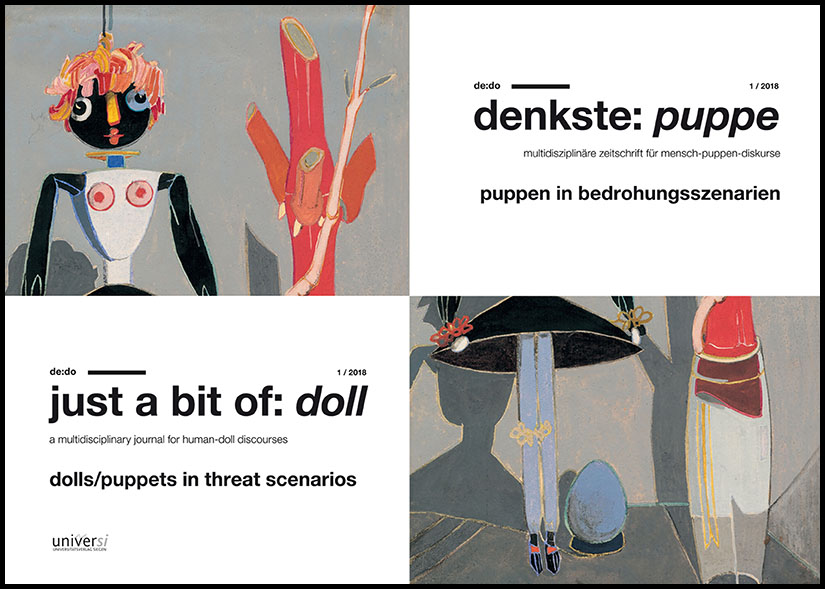Sorceress and Martyr’s Body
The Life of the Doll in Gottfried Keller’s Novella Romeo und Julia auf dem Dorfe and the Episteme of Ritual and Pictorial Acting in Poetic Realism
Keywords:
agency, theory and poetics of things, rites of passage, literary realism, pictorial turnAbstract
Children’s dressing, animation, torture, mistreatment and ultimate destruction of a doll, as accompanied and reflected on by an ambivalent narrator in Keller’s Romeo und Julia auf dem Dorfe, can be understood as a ritualistic cycle of animistic image-based action that recounts the social life of a thing; a re-reading of the children’s play with dolls in this novella also reveals how Keller, as a representative of poetic realism, not only perpetuates forms of the literary image-based action found in early romantic texts and, more broadly, in texts from the age of Goethe, but also anticipates late twentieth-century discourses of cultural studies. In this respect the novella exhibits a poetological topicality. Long before the cultural turns, Keller, through a recreation of the life of a doll, provided a literary treatment of central questions of material culture studies regarding the ambiguous aspects of human interaction with things. His novella offers a paradigmatic approach to the core question of the pictorial turn regarding the double consciousness of us humans in our dealings with things. The children’s interaction with the doll, something between play and rites de passage, between idolatry and iconoclasm, and the narrator’s oscillation between description and empathy reflect not only the ambiguous character inherent in both image-based and ritualistic action in aesthetic and social arrangements, but also reveal how mid-nineteenth-century poetologies of knowledge offer observations on the agency of artifacts that surpass naïve animism and sober materialism.
Downloads
Published
How to Cite
Issue
Section
License
Copyright (c) 2018 Nils C. Ritter

This work is licensed under a Creative Commons Attribution-ShareAlike 4.0 International License.



